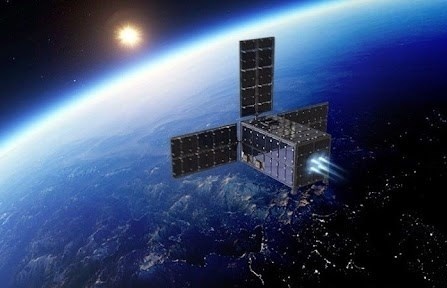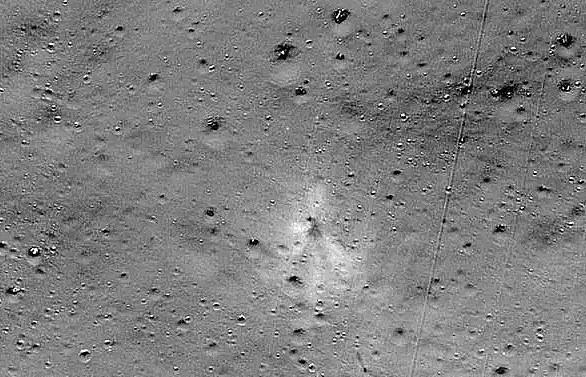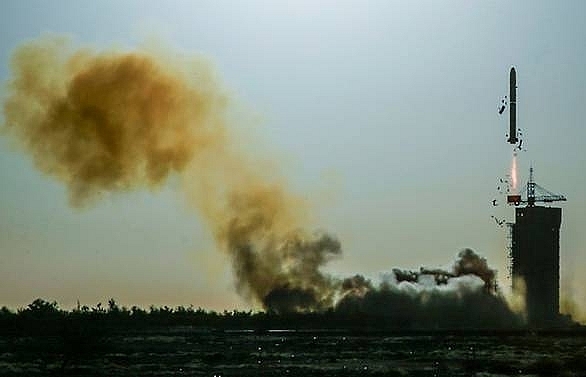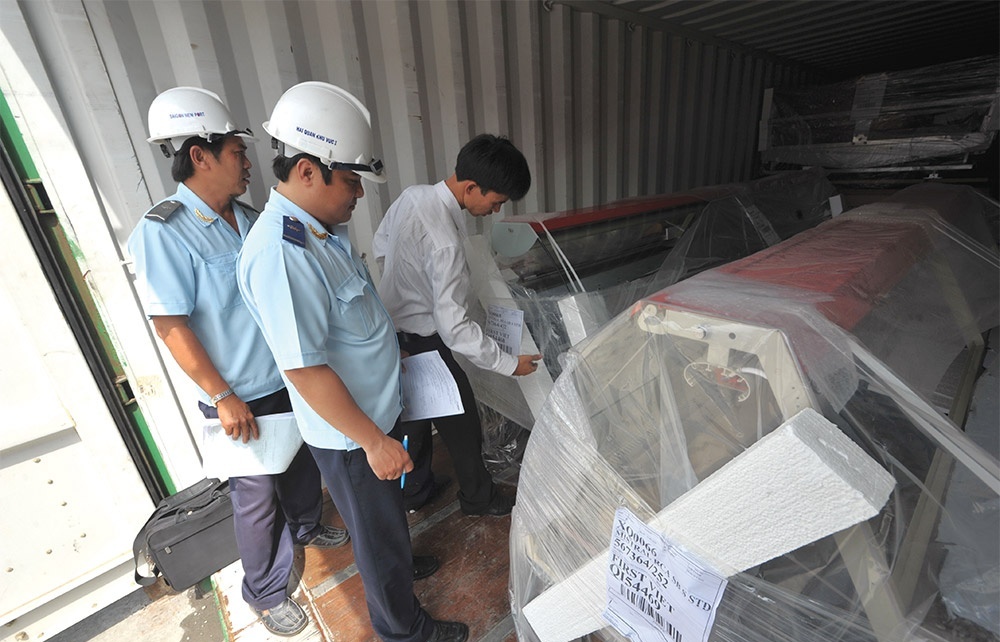US, France mark 50th anniversary of first TV satellite

The Telstar satellite -- built by Bell Telephone Laboratories for use by AT&T -- was also the first privately sponsored space mission, and was seen as part of the space race between the United States and the Soviet Union.
It was launched on July 10, 1962, and two days later beamed the first television satellite signal -- carrying images of the Statue of Liberty and the Eiffel Tower -- through bases in Andover, in the northeastern US state of Maine, and Pleumeur-Bodou in the Brittany region of France.
The 170-pound (77-kilogram) satellite flew at low orbit and the signal could only be picked up during the 20 minutes or so that it was overhead.
It carried part of a press conference by US president John F. Kennedy on July 23, 1962, in which he called the satellite "yet another indication of the extraordinary world in which we live."
"This satellite must be high enough to carry messages from both sides of the world, which is, of course, an essential requirement for peace," he said at the time.
A half century later, France's Ambassador in Washington Francois Delattre echoed Kennedy's sentiments, saying the Telstar pioneered technology that has made it possible for "any human being on earth to potentially communicate with any other wherever they may be."
Speaking via satellite at a joint US-French symposium in honor of the anniversary, the ambassador said this "helps to promote a better understanding between people."
Robert Tate, the US consul for western France, said that "keeping the lines of communication open and secure, supporting the freedom of expression whether in a town hall or in a chatroom... will be key as we endeavour and harness the acceleration of technological progress for a more prosperous and peaceful future."
However, reality has not always reflected the soaring rhetoric, and Telstar's onboard electronics failed a few months after it launched due to radiation from high-altitude US and Soviet nuclear testing.
The satellite carried over 400 telephone, telegraph, facsimile and television transmissions before its mission came to an end. The US Space Objects Registry says it remains in orbit.
What the stars mean:
★ Poor ★ ★ Promising ★★★ Good ★★★★ Very good ★★★★★ Exceptional
 Tag:
Tag:
Related Contents
Latest News
More News
- Malaysia issues heatwave alert for 14 areas (April 15, 2024 | 09:12)
- China, Thailand forge alliance for moon exploration (April 15, 2024 | 08:00)
- Two Philippine navy pilots dead after helicopter crash (April 11, 2024 | 16:58)
- Singapore: E-commerce scams double in 2023 (April 11, 2024 | 16:55)
- Malaysia urges Meta, TikTok to curb harmful content (April 10, 2024 | 16:21)
- Renewable energy – leading solution to climate change mitigation in ASEAN (April 09, 2024 | 16:18)
- Philippines warns of scorching heat (April 09, 2024 | 16:13)
- Thailand cracks down on e-cigarettes at schools (April 08, 2024 | 17:10)
- Many Buddha figurines unearthed in Laos’ Xieng Khuang province (April 08, 2024 | 17:07)
- Marina Bay Sands announces expansion (April 08, 2024 | 16:28)






















 Mobile Version
Mobile Version